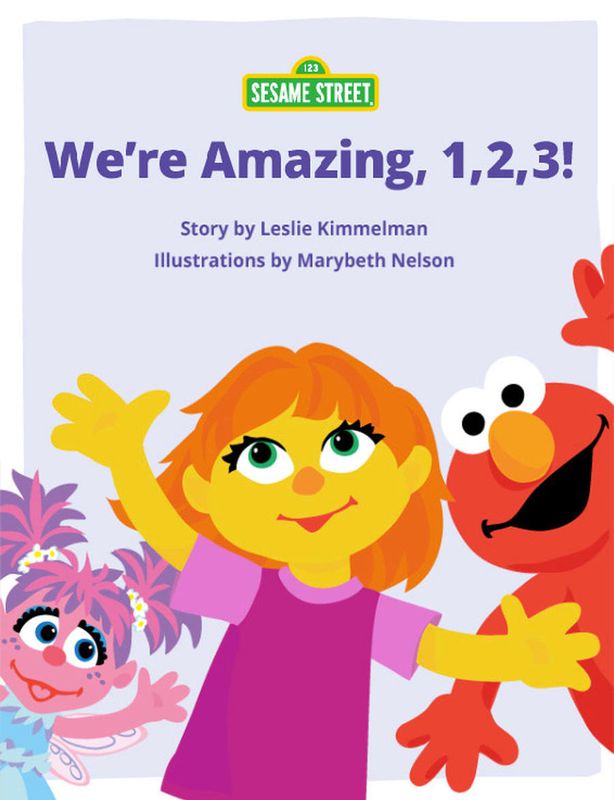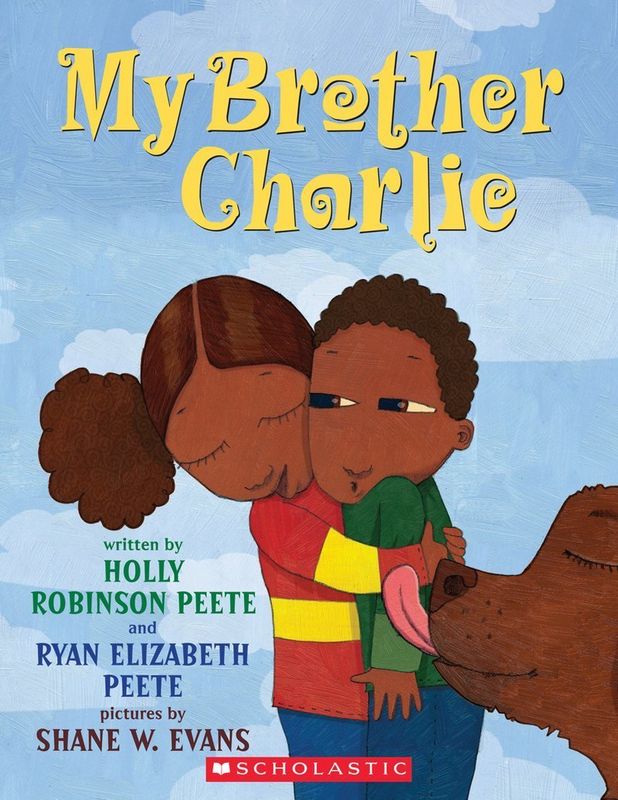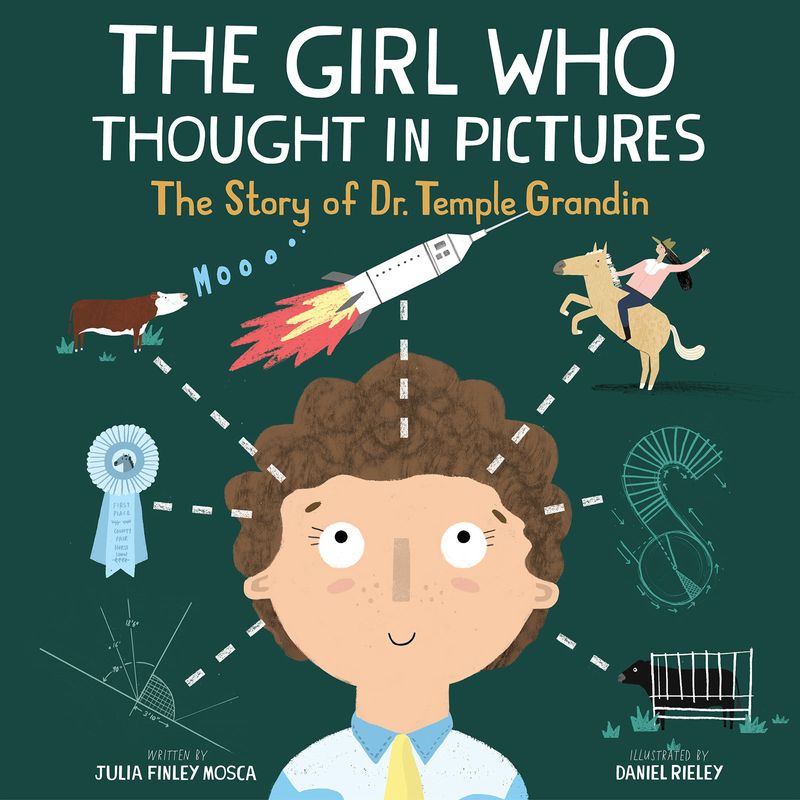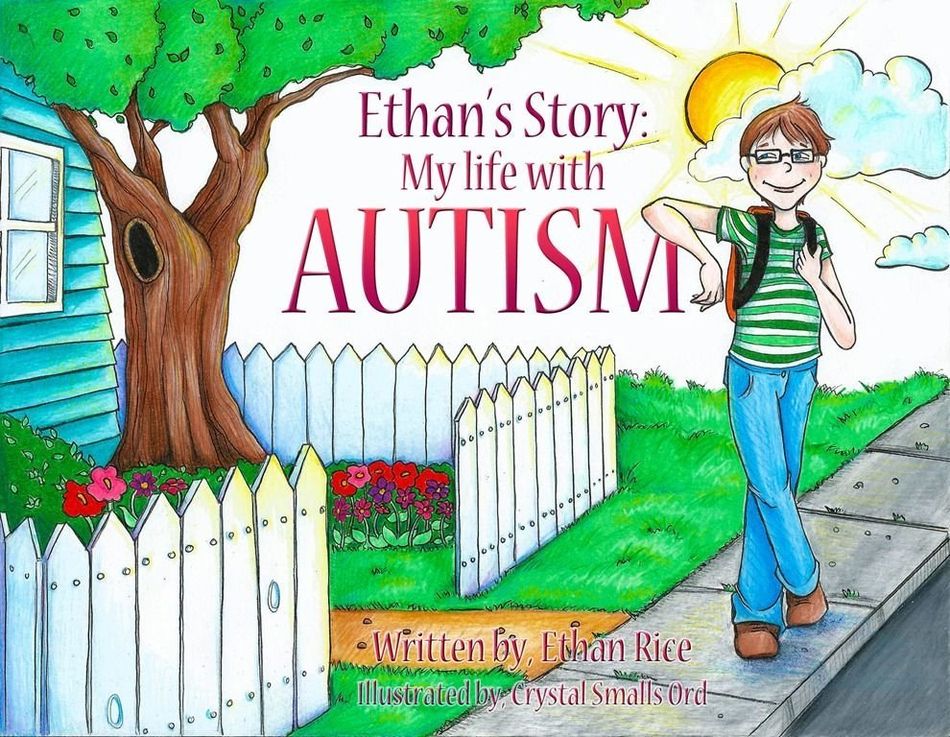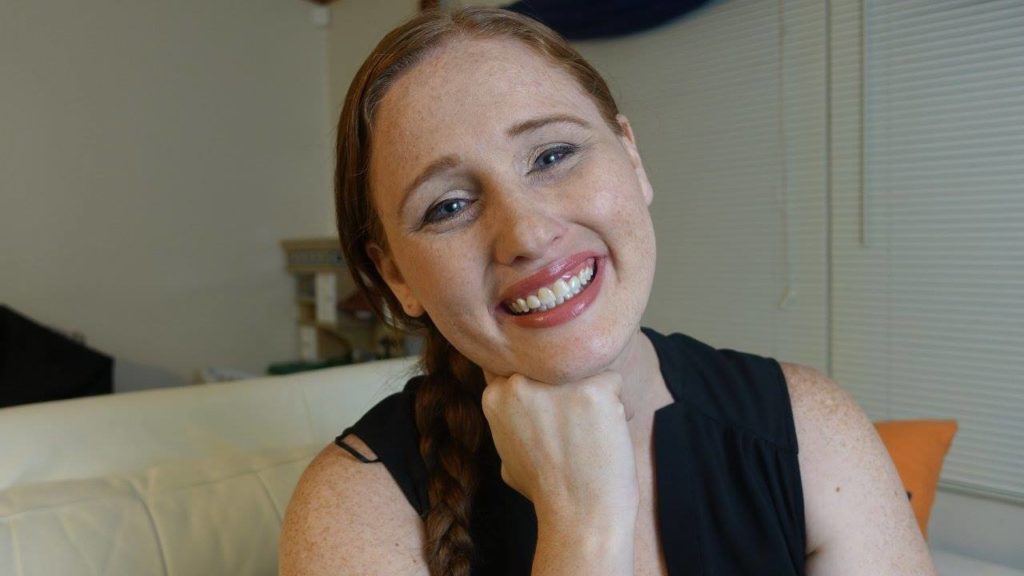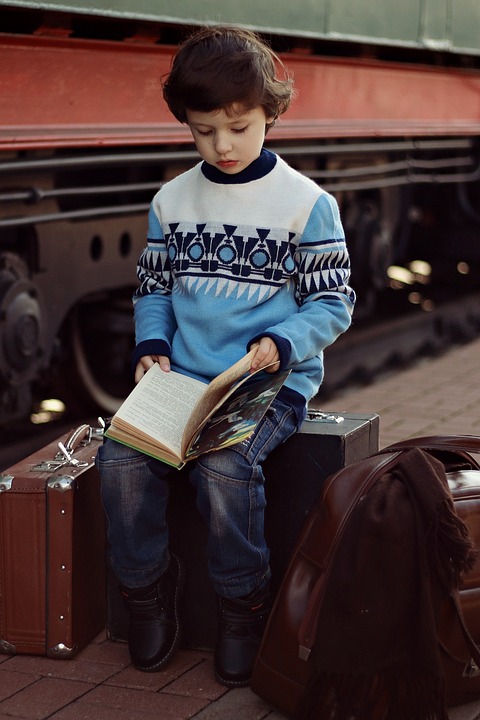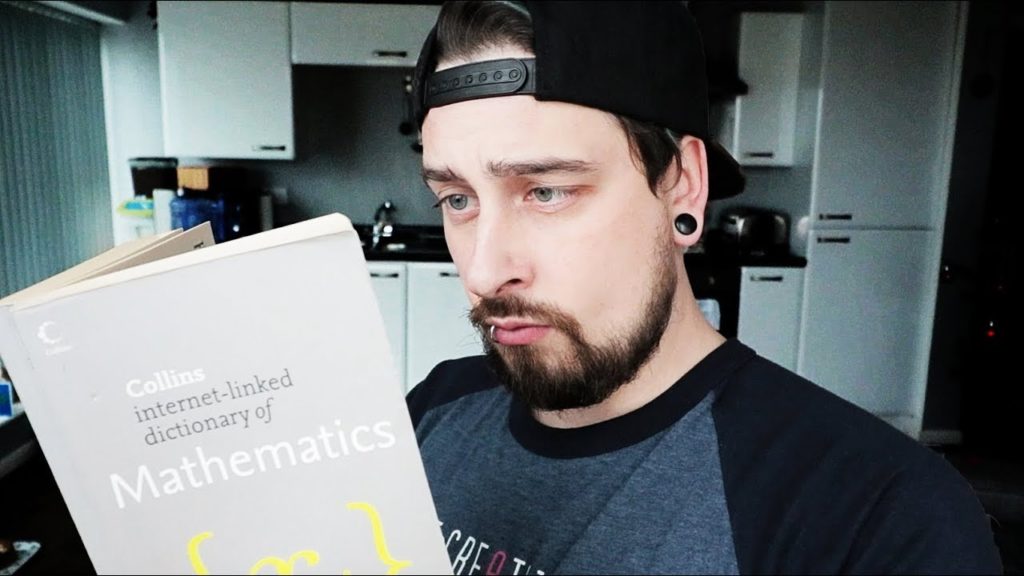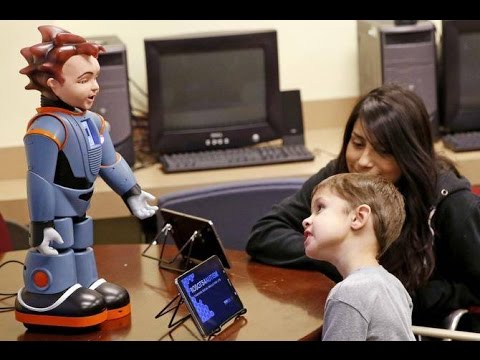The Centers for Disease Control and Prevention estimates that about 1 in 68 children in the U.S. has been diagnosed with autism spectrum disorder. Yet despite improvements, people with autism are still relatively underrepresented in the realm of film, TV and literature.
In honor of Autism Awareness Month, we compiled a list of children’s books that feature characters on the spectrum and tackle issues related to autism.
While some speak from the perspective of a child with autism, others show the perspective of a neurotypical sibling or friend. All promote understanding and acceptance for kids on the spectrum.
Find out about the rst here.
